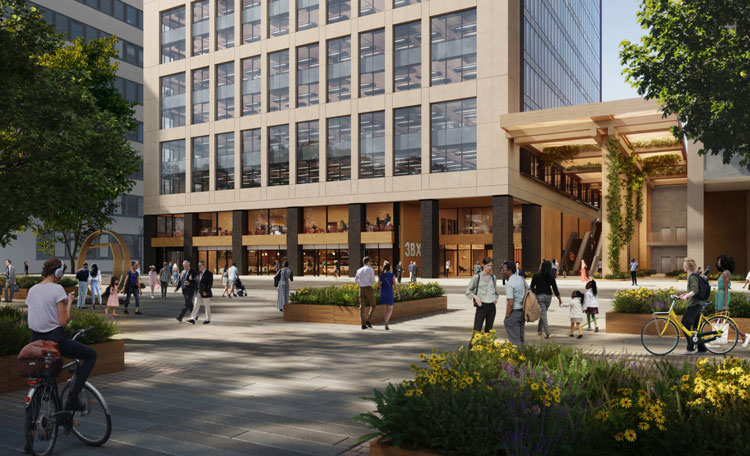For the data behind the commentary, download the full Q1 2025 UK Economy & Housing Report.
Economic Growth
February 2025 saw a surprising 0.5% month-on-month economic growth, driven by increased consumer spending and robust industrial production. This growth exceeded expectations, highlighting strong retail activity and significant contributions from the transport, metals, and pharmaceuticals sectors. However, the Spring Statement painted a more pessimistic picture, with notable investments in affordable housing, defence, and artificial intelligence (AI).
Geopolitical Impact
The US government's announcement of widespread 'reciprocal' tariffs has sparked a tit-for-tat trade war with China, leading to market turmoil and elevated bond yields. This geopolitical uncertainty is expected to weigh heavily on global and UK economic growth, creating a challenging environment for investors and businesses.
Monetary Policy
In March 2025, the Monetary Policy Committee (MPC) voted to maintain the base rate at 4.5%, citing global trade uncertainties. Inflationary pressures persist, with the Consumer Prices Index including owner occupiers' housing costs (CPIH) running at 3.7% annually. Key contributors to inflation include rising utility prices and the introduction of VAT on private school fees.
Housing Market
The housing market experienced a surge in sales activity in February 2025, driven by the stamp duty holiday. Although mortgage approvals saw a slight decline, they remained higher than the previous year. House prices remained flat in March, with regional variations in growth. Northern Ireland, the North West, and Yorkshire and the Humber saw the highest growth rates.
Rental Market
The rental market continues to experience growth, with the average UK rent reaching £1,275 per calendar month in February 2025. Northern Ireland and the West Midlands recorded the highest rental growth, while Greater London saw a decline. The gap between supply and demand in the rental market is expected to persist, maintaining upward pressure on rental costs.
Labour Market
The UK labour market remains stable, with an unemployment rate of 4.4%. Despite a slight increase in redundancies, pay has continued to rise. Private sector wages grew faster than public sector wages, reflecting ongoing economic adjustments. The number of job vacancies also saw a marginal increase, indicating a resilient labour market.
Business Confidence
Business confidence improved in March 2025, driven by growth in the services sector. However, the manufacturing sector faced a downturn due to tariff concerns and higher labour costs. Despite these challenges, the Purchasing Managers' Index (PMI) indicated business expansion, with the composite PMI rising to 52.5.









